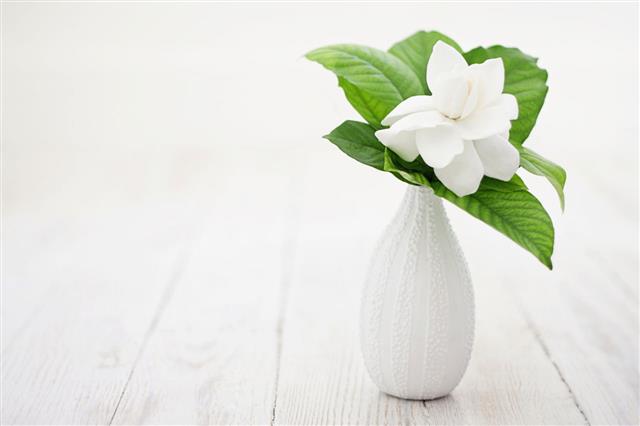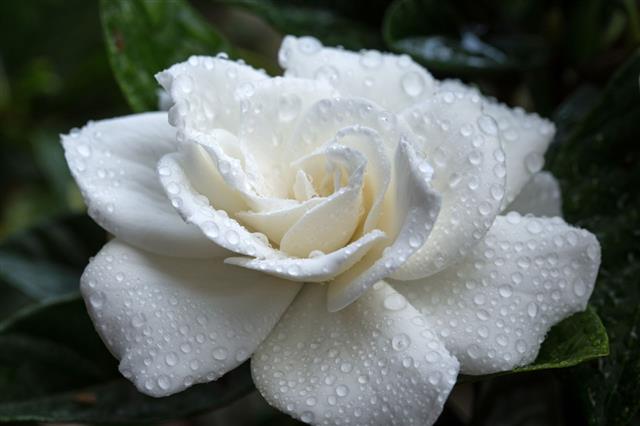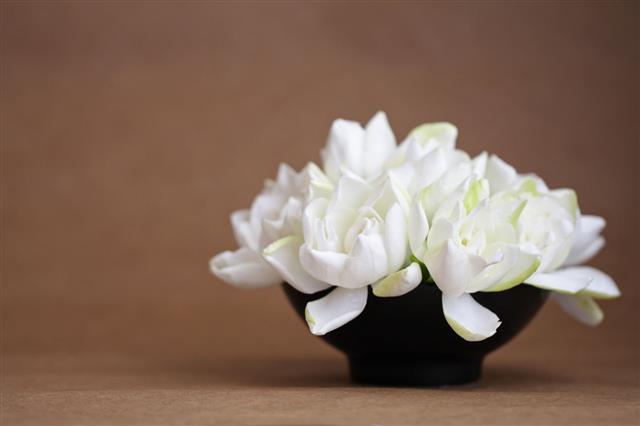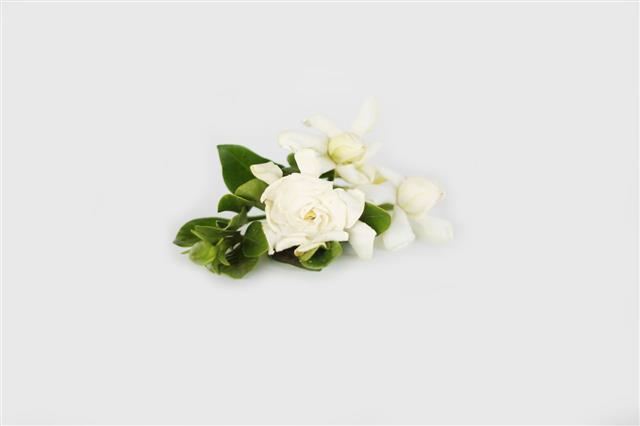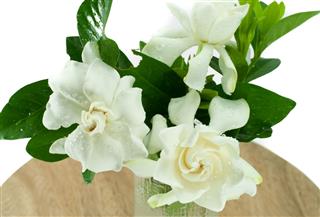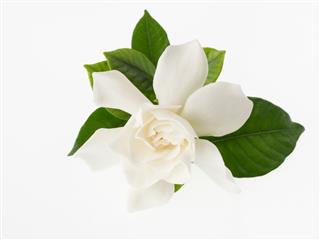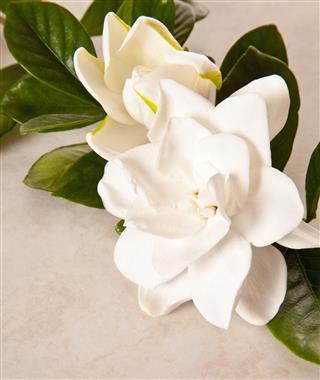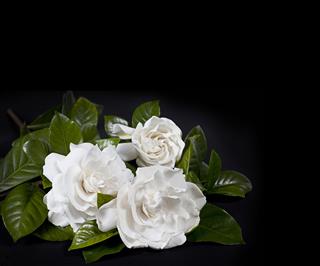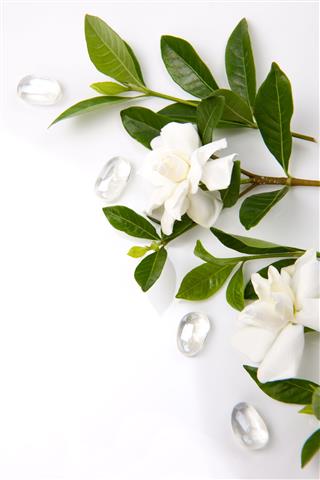
The evergreen plant ‘Frostproof gardenia’ is known for its beautiful, white, fragrant flowers, fast but compact growth, and hardiness. If you want to enjoy the divine beauty and intoxicating fragrance of gardenia flowers, here’s how to grow this plant.
Did You Know?
Traditionally, the Frenchmen in formal evening dresses used to wear gardenia flower as a boutonnière. Today, it is the national flower of Pakistan.
Gardenia plants are known for the strong sweet scent of their flowers. As of now, scientists have been successful in identifying 140 species of the genus ‘Gardenia’. Frostproof gardenia or Gardenia jasminoides is common in Vietnam, Southern China, Taiwan, Japan, Myanmar, Pakistan, and India. It is called zhīzi and kuchinashi in China and Japan respectively. In Hawaii too, several species of gardenia are found. It is one of the most cherished home garden plants in subtropical as well as temperate regions. It has gained the Royal Horticultural Society’s Award of Garden Merit.
Frostproof gardenia is a fast-growing, perennial, evergreen, flowering shrub. Records show that the plant was first propagated in England in 1757 and in the U.S. in 1762. In China, both wild and double-flowered gardenia are present in some ancient paintings that belonged to the Song Dynasty (960-1279 AD). Over the centuries, the double-flowered forms have gained tremendous popularity worldwide. A number of cultivars have been developed, for example, G. ‘Aimee’, the early-flowering (spring) form, G. ‘Shooting Star’ and G. ‘Chuck Hayes’ which are known for cold hardiness, G. ‘Summer Snow’ that shows greater resistance to cold climates (can be grown in zones 6-10), etc. ‘Plena’ and ‘Radicans’ are also quite popular.
Quick Facts
• Botanical Name: Gardenia jasminoides
• Common Name: Common gardenia, cape jasmine, or cape jessamine
• Type: Evergreen flowering shrub
• Family: Rubiaceae (coffee family)
• Native Range: Asia, especially, Southern China and Japan
• Zone: USDA zones 6-10
• Height: Approximately 2.00 meters (6.50 feet)
• Spread: 3.00 meters / 9.75 feet
• Bloom Time: Spring and Summer
• Bloom Description: Showy, heavily fragrant, white flowers
• Sun: Full sun to partial sun
• Water: Twice a week, more if the weather is dry.
• Maintenance: Moderate
• Suggested Use: Hedgerows, in pots, in yards, and in gardens
• Foliage: Shiny, evergreen leaves
• Tolerates: Frost and heat
• Soil Type: Acidic
• Does Not Tolerate: Alkaline soil
Important Planting Instructions
✦ The plant requires well-drained soil and a sunny location.
✦ It grows well in an acidic soil. Soil pH can be between 5 and 6.5.
✦ In cooler regions, it may not be an easy-to-grow plant. It needs warm temperature and humid environment. One may have to create appropriate conditions for the plant to live.
✦ The plants require less water when they are not blooming. They prefer water at room temperature. Avoid use of cold water.
✦ Frostproof and some other varieties like Chuck Hayes can tolerate relatively cold temperatures.
✦ Select a healthy plant. Plants with glossy green foliage are considered as healthy. The dark green leaves have prominent veins.
✦ Plant them in the fall or spring. Leave 4-6 feet of space in between two gardenia plants. Lack of enough space can create pest problems.
✦ Before planting, add nutrient-rich organic material to the soil. As explained above, the soil should be acidic, moist, but well-drained.
✦ The hole made for the plant should be as deep as the length of its root ball. It should be much wider (almost double the width of the root ball) than that of the root ball.
✦ Cover half of the root ball with soil, and water the plant. This promotes removal of air and easy settling of the soil. Let the water settle. Then cover the remaining portion of the root ball with soil, gently pat the soil, and water the plant again. Water the plant regularly until the roots are established.
✦ Cover the ground with mulch, especially, pine mulch, as it helps increase the acidity of the soil.
✦ Once the plant is established, water it twice a week (depending upon the weather). Water it more often, if the weather is very dry. Over-watering can give rise to pest problems and can kill the plant.
✦ Add acid-based, water-soluble fertilizer to the soil every three weeks. Matured plants need fertilizer in March, May, August, and October.
✦ If it is an indoor plant, see to it that it receives bright but indirect sunlight for most of the day. It needs full to partial sun and warmth of the sun to grow well.
✦ Do not water gardenias with very hard water. If soft water is not available, add some vinegar or lemon juice to the water and then use it for watering. This will help lower the pH of the water. You can also use a good pH modifier, for example, phosphoric or nitric acid. You should consult an expert before using iron chelate or sulfur to lower the pH of the soil. An overdose can kill the plant.
✦ Watch the frost dates and do not forget to protect the plant when the temperature drops below 20°F.
✦ Prune the plant when it is not producing flowers. Regular removal of dead flowers and broken branches promotes vigorous growth and profuse flowering.
✦ Whiteflies, aphids, spider mites, thrips, and mealybugs can affect the health of the plant seriously.
✦ Regular care, fertilization, and pruning helps avoid diseases.
✦ To enjoy the divine fragrance, you may plant it outside the window. But do not plant it very close to concrete. The soil near concrete is likely to be more alkaline.
Problems
✦ As the plant is native to the warm and humid subtropical regions, it is difficult to grow it in cooler temperate regions (regions between the tropics and polar circles). So, usually, they are grown indoors or in greenhouses. In warm regions, it can be planted outdoors.
✦ The plant would be deprived of the essential nutrients (like iron), if it is planted in alkaline soil. As a result, the leaves will turn yellow. The condition is called ‘chlorosis’.
✦ The plant can withstand low temperatures like 20-40°F. However, it needs protection if the temperature falls below 20°F. With protection, the plant is hardy to zone 6 and 7.
The small oval fruit that follows the gardenia flower is used as a yellow dye. It is used to color clothes as well as food. In traditional Chinese medicine, the fruit has been used to treat fever. Certain animal studies show that the anti-inflammatory properties of Gardenia jasminoides can be helpful in treating rheumatoid arthritis. More studies are required to understand the pharmacological potential of this plant.
